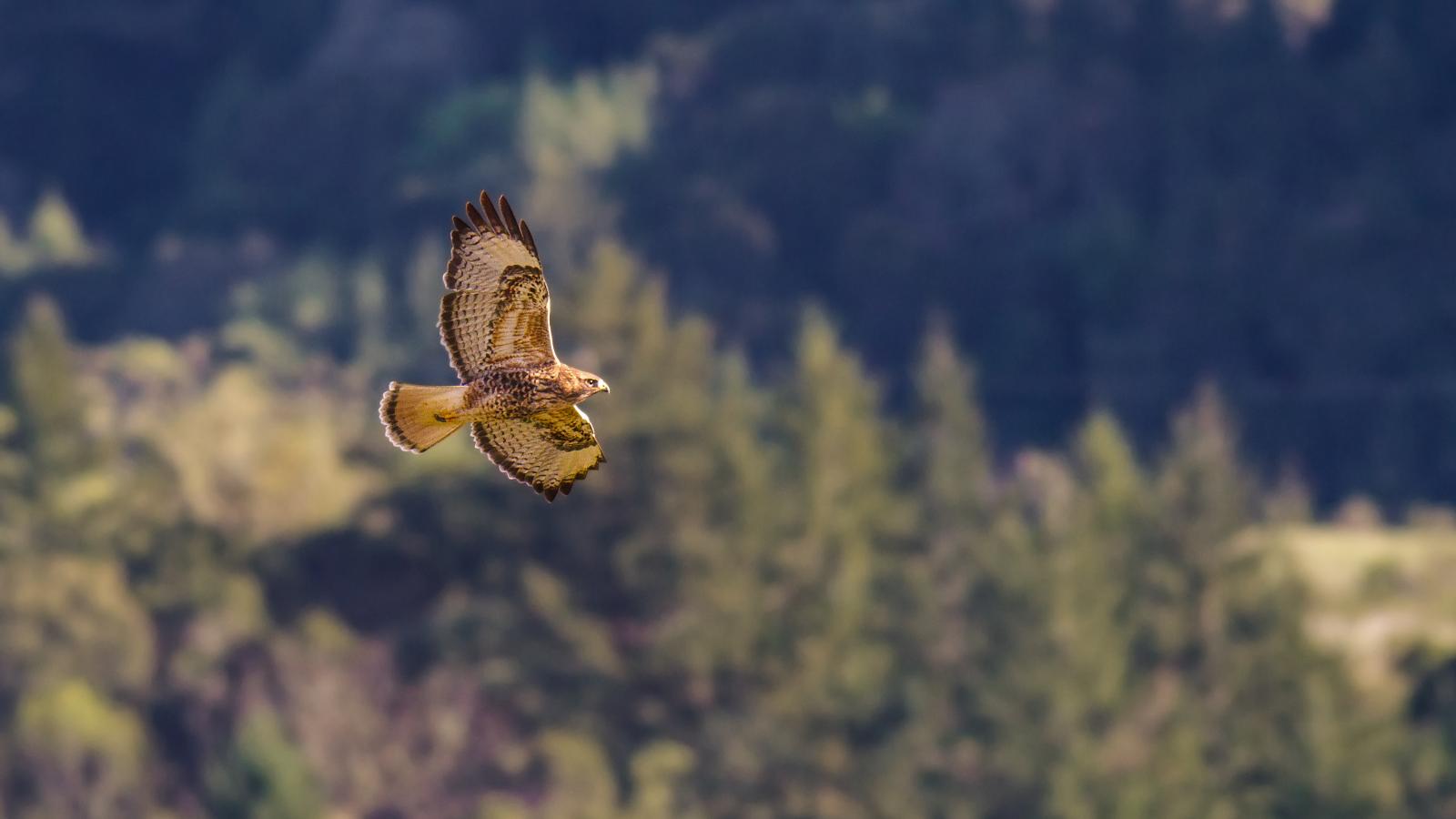Since first opening to the public in 2017, we find the public enjoying the La Honda Creek Preserve in a surprising way—as a new birding hotspot. Visitors using the free citizen science apps iNaturalist and eBird have observed more than 140 bird species here, making it one of the top ten most prolific birding sites in San Mateo County.
“What sets it apart are its vast, grazed grasslands and the birds thriving there that have become rare on the Peninsula as agriculture has declined,” said Garth Harwood, who birds at La Honda Creek Open Space Preserve regularly. “The birding community was delighted to discover lark, chipping and grasshopper sparrows successfully breeding here, which is cause for celebration.”
California’s native grasslands are one of the most species-rich ecosystems in the country, and one of the rarest. Visitors to La Honda Creek Open Space Preserve enjoy trails alongside grazing cattle that are part of a conservation program aimed at preserving agriculture, managing vegetation for fire protection and restoring grasslands that support people, native plants and wildlife including an abundance of birds.
Winter is a great time to look for birds migrating through or spending the season in our temperate climate. Rare burrowing owls and ferruginous hawks, a large and beautiful raptor, are migratory visitors to La Honda Creek Open Space Preserve. Northern harriers seen hunting in the preserve’s grasslands year round are the only hawk that relies more on hearing than eyesight to locate prey. Songbirds like western bluebirds and western meadowlarks are also frequently seen.
“American kestrels, tiny falcons as fond of insects as they are of mice, were once common year round in the region but are now rare as breeders. They, too, are succeeding at La Honda Creek Open Space Preserve,” said Harwood.
Birding is available to anyone with eyes or ears and a little curiosity. Report what you observe on eBird and help us continue learning about the diversity of birds in Midpen preserves, and what they can teach us about the ecological health of our public open space lands.

